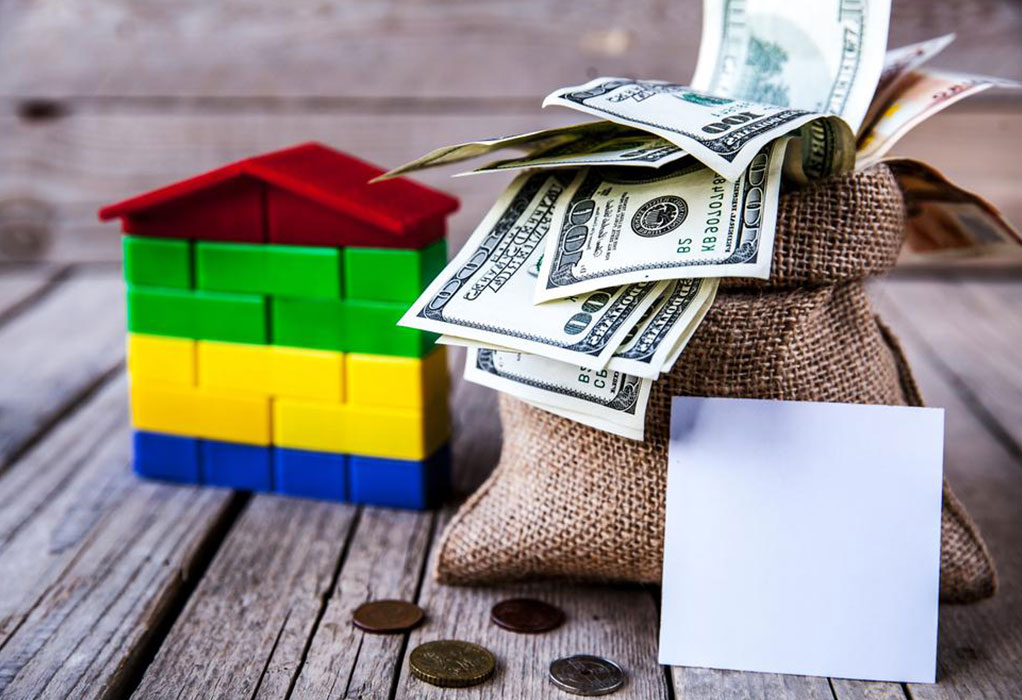Essential Guide to Funding Your Home Renovation Projects
Discover key insights into home improvement loans, including application processes, types of financing options like home equity loans and lines of credit, and when to use them. This guide helps homeowners understand how to fund renovations effectively, improve property value, and enjoy tax benefits. It covers lender options, payout structures, and the differences from personal loans, ensuring informed decisions for major home upgrades and repairs.

Essential Guide to Funding Your Home Renovation Projects
A home renovation loan is a financial product borrowed by homeowners to upgrade or repair their residences. These loans are often unsecured, meaning they don’t require collateral. There are various types designed for different renovation needs, but many people remain unaware of their options and details. Here’s a comprehensive overview of what you should know about home improvement financing.
How to Secure a Home Improvement Loan
Obtaining a home renovation loan involves straightforward steps. Initially, homeowners should explore various funding options suitable for their projects.
There are four main avenues for financing home upgrades:
Home Equity Loans
These loans allow homeowners to borrow up to 85% of their home's equity in a lump sum. Since they are secured by the home’s value, failing to repay can result in foreclosure.
HELOC (Home Equity Line of Credit)
Similar to a credit card, HELOCs use the home as collateral but offer flexible borrowing as needed, suitable for varied budgets.
Personal Loans
For homeowners with specific budgets, personal loans provide fixed interest rates and consistent monthly payments, making repayment predictable.
Credit Cards
Ideal for smaller or quick projects, credit cards serve as convenient short-term borrowing options for home improvements.
Once the suitable loan type is identified, borrowers should compare lenders' interest rates, eligibility requirements, terms, and fees. Consider the maximum borrowing amount and repayment plans as well.
Choosing the right loan is crucial—large renovation projects might warrant home equity loans, while quicker projects can use credit lines or credit cards. Gathering necessary documents like ID, proof of income, utility bills, and bank statements helps streamline approval.
Prequalification options are available with certain lenders, allowing borrowers to get quotes without affecting their credit score. This step helps estimate approval chances and total costs.
Overall, securing a home improvement loan is a straightforward process suitable for major upgrades.
When Are Home Improvement Loans Beneficial?
These loans are advantageous for increasing property value, reducing taxes, and enhancing living quality.
Enhancing Property Value
Renovations can significantly boost a home's market worth, especially if well-maintained. Loan funding can help homeowners invest in improvements that increase property appeal and resale value.
Tax Benefits
Certain home improvement loans, like home equity loans and lines of credit, may be tax-deductible if used for substantial upgrades. Consulting a tax professional is advisable for personalized advice.
Better Living Experience
These loans also enhance overall quality of life by improving home aesthetics and functionality.
Loan Providers for Home Improvements
Financial institutions such as banks, credit unions, government programs, credit card providers, and specialized lenders offer these loans.
Payouts depend on the loan type—some are based on home equity, cash, or credit lines—determined by interest rates and project needs.
Secured loans require collateral, typically the property, whereas unsecured loans do not, often carrying higher interest rates.
Home improvement loans differ from personal loans, which are generally suited for minor, quick repairs due to higher interest and fixed repayment terms. Larger projects benefit from longer-term, lower-interest options like home equity loans.










